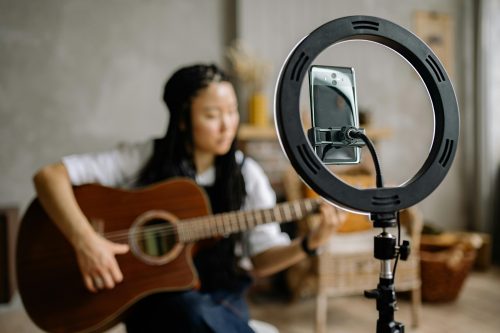
In the fast-paced world of digital marketing, content creation is continuously evolving. Among the most effective formats today are livestreaming and short video content. Both mediums offer unique advantages, allowing brands to engage audiences in meaningful ways. This article explores the significance of each, compares their effectiveness, and highlights how they can work together to enhance your digital marketing strategy.
The Rise of Livestreaming
Asia Livestreaming has rapidly gained popularity across various platforms, including Facebook Live, Instagram Live, and YouTube Live. This format allows brands to engage with their audience in real time, creating an interactive experience that fosters a sense of community. Most South East Asian digital agencies such as, Malaysian digital marketing agency for example, are swapping to e-commerce live streaming. Here are some key benefits of livestreaming:
- Real-Time Interaction: Livestreaming enables immediate communication between brands and viewers. This real-time engagement fosters authenticity and encourages participation, as audiences can ask questions and share feedback during the broadcast.
- Building Trust and Transparency: By showcasing behind-the-scenes content or hosting Q&A sessions, brands can enhance their credibility. Livestreaming allows consumers to see the human side of a brand, leading to stronger relationships and trust.
- Increased Visibility: Platforms often prioritize live content in their algorithms, meaning that livestreams can reach a broader audience. This visibility can lead to higher engagement rates and increased brand awareness.
The Power of Short Video Marketing
Short video marketing, popularized by platforms like TikTok and Instagram Reels, has revolutionized how brands communicate. Here’s why short videos are essential for digital marketing:
- Captivating Audiences Quickly: With attention spans dwindling, short videos deliver quick, impactful messages. Brands have only a few seconds to grab viewers’ attention, making concise storytelling essential.
- Shareability: Short videos are highly shareable, allowing brands to reach new audiences organically. Engaging and entertaining content can encourage users to share with their networks, amplifying brand exposure.
- Versatile Marketing Tool: Short videos can serve various purposes, from product demos to customer testimonials. Their versatility allows brands to tailor content for different platforms and target demographics.
Comparing Livestreaming and Short Video Content
While both formats serve unique purposes, they also complement each other in a digital marketing strategy. Here’s how they compare:
- Engagement: Livestreaming typically offers higher engagement levels due to real-time interaction, while short videos can captivate audiences quickly and encourage sharing.
- Content Creation: Livestreaming requires preparation and a willingness to engage spontaneously, whereas short videos can be scripted and edited for a polished finish.
- Longevity: Livestreams often have a fleeting nature; once the broadcast ends, they may lose immediate engagement. In contrast, short videos can be shared and viewed repeatedly over time.
- Audience Reach: Livestreams can draw in viewers who prefer live interaction, while short videos can reach broader audiences through shareability and virality.
Integrating Both Formats in Your Digital Marketing Strategy
To maximize the benefits of both livestreaming and short video strategies, brands should consider an integrated approach:
- Use Short Videos to Promote Livestreams: Create engaging short videos that announce upcoming livestreams, building anticipation and encouraging viewers to tune in.
- Repurpose Livestream Content: After a livestream event, edit the footage into short clips for social media. This allows you to capitalize on the engagement generated during the livestream.
- Engage Your Audience Across Platforms: Utilize both formats across various platforms to reach different segments of your audience. Livestream on platforms that encourage interaction, while sharing short videos on platforms that prioritize quick consumption.
Conclusion
In today’s digital marketing landscape, both livestreaming and short video content are indispensable tools for brands seeking to engage their audience effectively. By understanding the unique advantages of each format and integrating them into a cohesive strategy, brands can enhance their online presence, foster relationships, and drive results. As the digital landscape continues to evolve, embracing these dynamic formats will be key to staying ahead of the competition.


